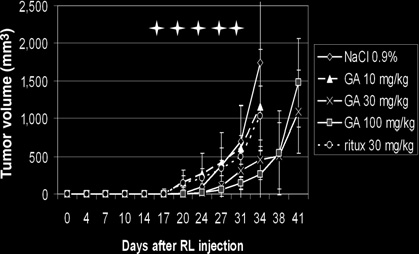Microsoft word - parte a .doc
Prontuario prescrizioni farmaceutiche per le dimissioni ospedaliere e l'attività ambulatoriale 1. La prescrizione farmaceutica: punti di attenzione per l'utilizzo corretto del 2. I Farmaci a Brevetto scaduto: risorsa ed opportunità 3. I Farmaci biosimilari 4. Farmaci a distribuzione diretta presso le farmacie territoriali 5. Impostazione del prontuario





